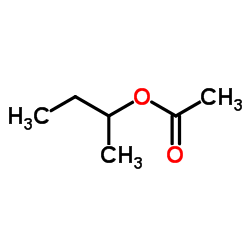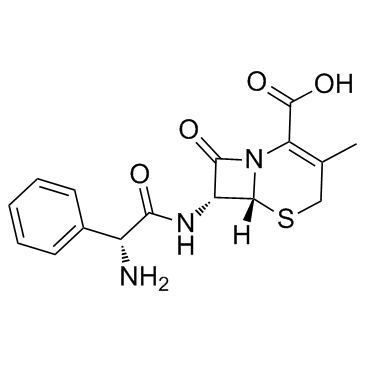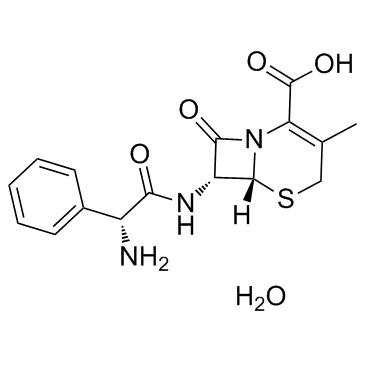| Structure | Name/CAS No. | Articles |
|---|---|---|
 |
SEC-BUTYLACETATE
CAS:9003-20-7 |
|
 |
Cephalexin
CAS:15686-71-2 |
|
 |
Cephalexin monohydrate
CAS:23325-78-2 |